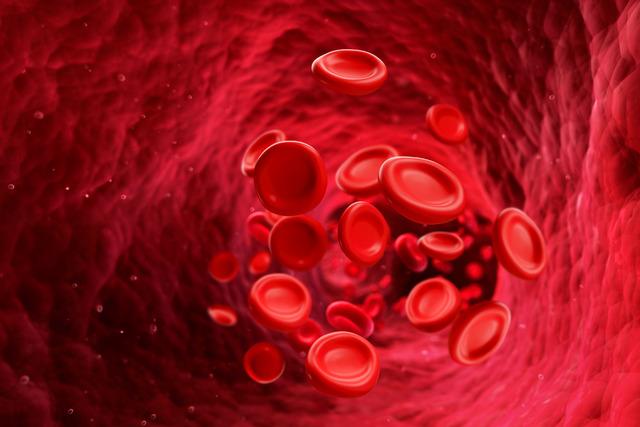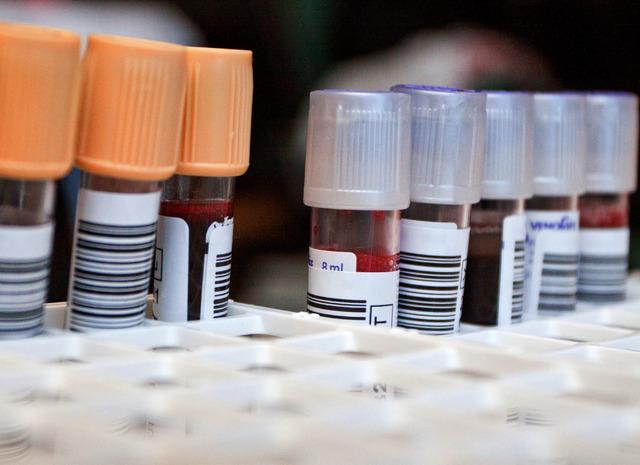A new blood type has been identified after a 50-year mystery. The discovery came after research by scientists in England.
According to Sciencealert; Louise Tilley, a hematologist at the UK National Health Service, stated that they achieved this success at the end of nearly 20 years of research and said, “Finally revealing this new blood group system is a great achievement in terms of providing the best care for rare but important patients.”
THERE ARE BLOOD GROUPS OTHER THAN ABO AND RH SYSTEM
In addition to the familiar ABO blood group system and the Rh factor (known as the plus or minus part), humans have many different blood group systems due to the wide variety of proteins and sugars that coat their blood cells. The body uses these antigen molecules to recognize and break down harmful substances. If these antigens do not match during a blood transfusion, it can lead to serious reactions and even fatalities.
- Major blood group systems were discovered in the early 20th century. However, blood groups discovered in recent years, such as the Er blood system, identified in 2022, affect only a small number of people. The newly discovered MAL blood group is one of these rare systems.
HOW WAS THE MAL BLOOD TYPE DISCOVERED?
Tilley and his team found that the AnWj antigen, which was missing in the blood of the pregnant patient in 1972, was present in a majority of 99.9 percent. Because this antigen is found in myelin and lymphocyte proteins, the researchers named the newly discovered system the MAL blood group.
Individuals with mutations in both copies of their MAL genes have the AnWj-negative blood type. This is similar to what was observed in the pregnant patient. The research team identified three other patients with this rare blood type, but they did not have the mutation. This suggests that sometimes blood disorders can also lead to suppression of the antigen.

IMPORTANCE OF NEW BLOOD GROUPS
The MAL protein plays a vital role in cell membrane stability and intracellular transport. Previous studies have shown that the AnWj antigen is not present at birth but appears shortly after birth.
While the AnWj-negative patients in the study shared the same mutation, they were not associated with any other cellular abnormalities or diseases.

Now that these genetic markers have been identified, it will be possible to test whether patients’ negative MAL blood type is inherited or due to suppression. This can sometimes be a sign of another underlying medical problem.
These rare blood type traits can have devastating effects on patients, but understanding them will be a critical step toward saving more lives. The results of the study were published in the journal Blood.
